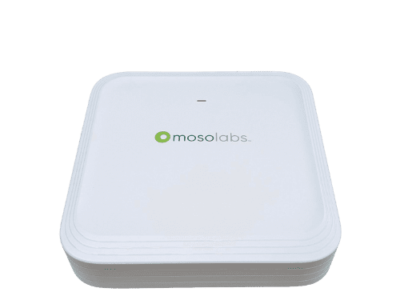
Saildrone looks at carbon impact of marine drones
Saildrone has released its first annual Carbon Impact Report from using uncrewed surface vehicles (USVs).
The report shows that in 2022, US developer Saildrone avoided 99.9% of comparable ocean data collection emissions across all ocean research, seafloor mapping, and maritime defence missions and 143% of its own total emissions (including Scope 3 downstream sources of emissions).
The maritime industry accounts for some 3% of worldwide greenhouse gas emissions (GHG) and there is increasing need for regular ocean observations to accurately assess the global carbon budget, sustainably manage and protect global fisheries, and enable renewable energy generation.
- Ocean intelligence vehicle maker raises funds
- XOcean opens USV technical centre in Ireland
- Underwater and Surface Mapping
Saildrone uses wind and solar-powered USVs for remote monitoring of the oceans. The USVs have already sailed more than 1.1 million nautical miles and spent more than 36,000 days at sea collecting vast amounts of data. The comprehensive data set has been instrumental in improving weather forecasting and understanding the dynamic behaviour of Earth’s oceans.
“Ocean access and exploration is critical to the health of our planet and the expansion of the Blue Economy, but until now, collecting that data has been very fossil-fuel intensive. Reducing the carbon footprint of maritime data collection has been part of our core mission from the beginning, so it is very satisfying to now see that goal validated in our operational data,” said Saildrone founder and CEO Richard Jenkins.
 If you enjoyed this article, you will like the following ones: don't miss them by subscribing to :
eeNews on Google News
If you enjoyed this article, you will like the following ones: don't miss them by subscribing to :
eeNews on Google News





